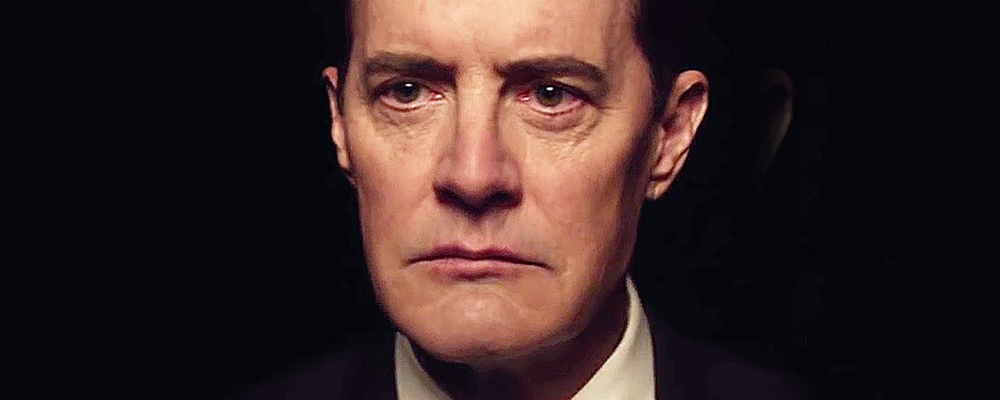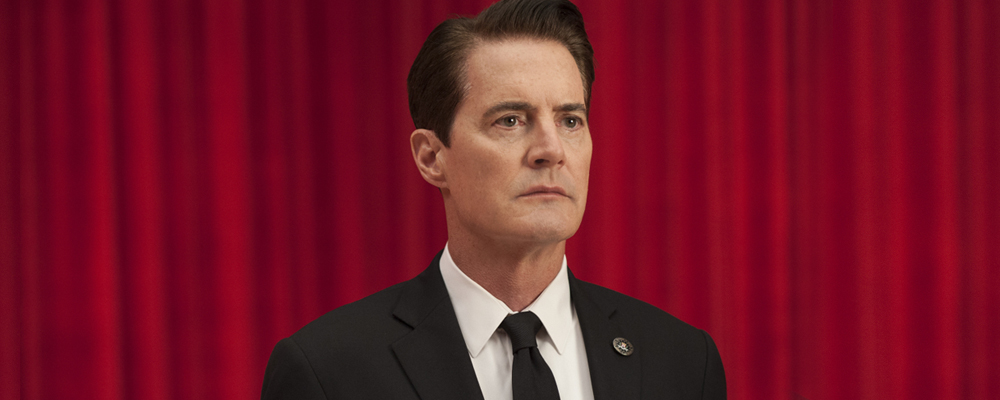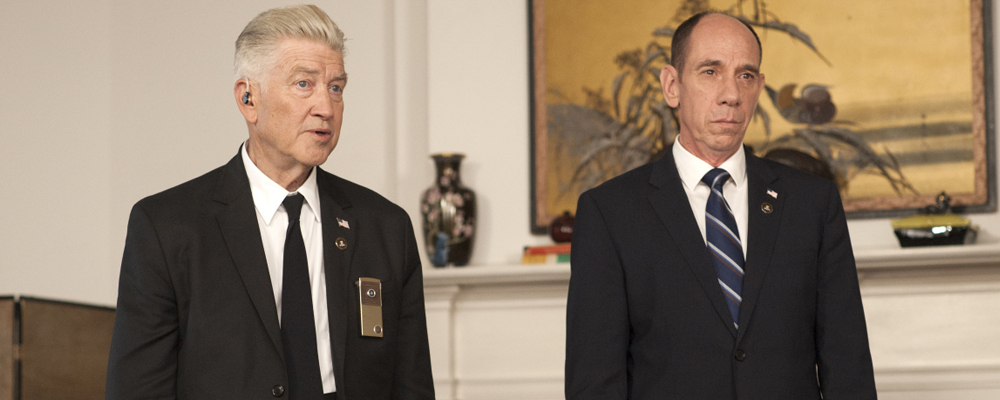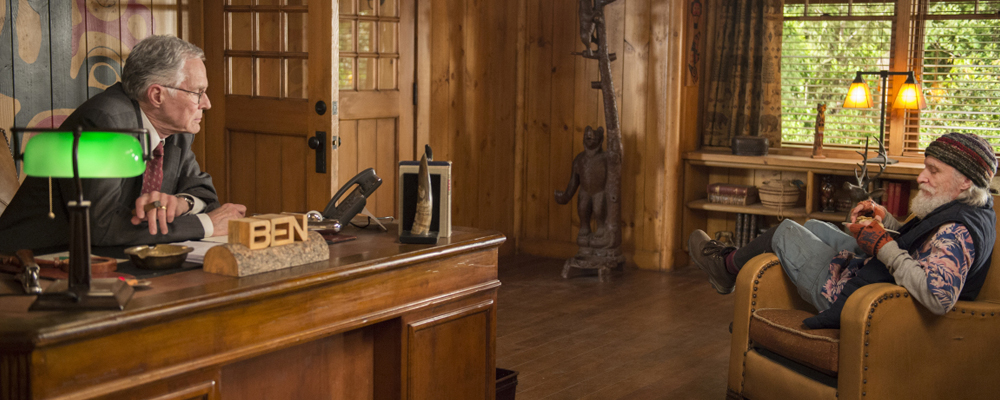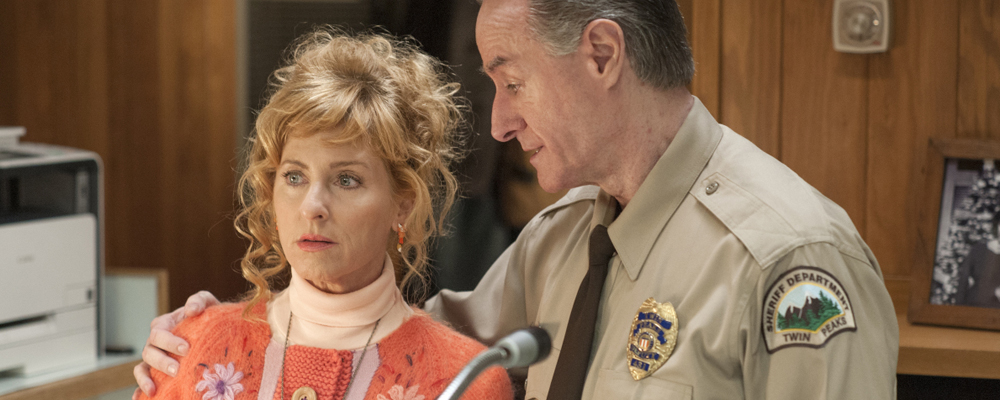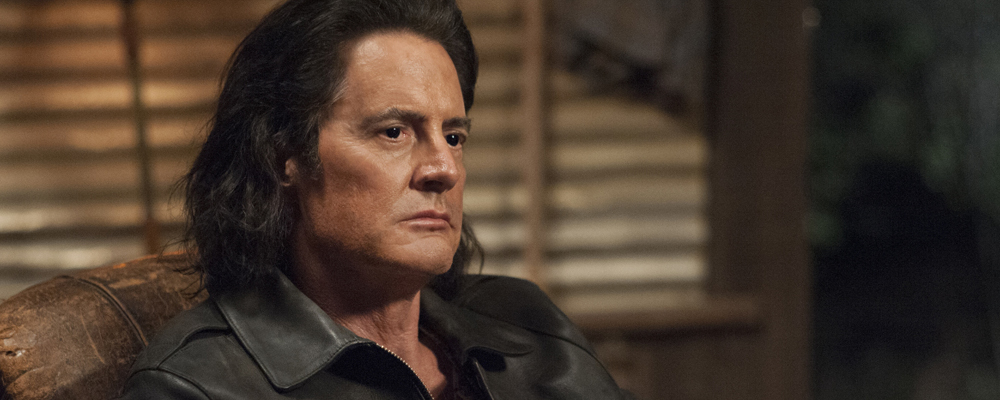‘Twin Peaks’ Returns, Replete With David Lynch’s Trademark Surrealism
Patrick Regan
Twenty-five years ago, David Lynch and Mark Frost introduced us to a fever dream known as “Twin Peaks.” The question that gripped the nation’s mind and, by some argument, spawned our golden age of TV was “Who Killed Laura Palmer?”
Some have argued that after answering that question, the show went downhill, leading to its cancellation in the second season. Lynch went back to tie up a few questions with a semi-prequel, “Twin Peaks: Fire Walk With Me,” which showcased the writer/director’s further surrealistic talents.
Now, “Twin Peaks” has returned on Showtime, but don’t expect any answers, at least not immediately. We open in the famous Room in Another Place, sitting with an aged Special Agent Cooper (star Kyle MacLachlan) and a mysterious man speaking in the show’s famous reverse backward speech.
It only gets stranger from there. Lynch’s surrealistic tendencies have grown since the early 90s, and you can see the influence of his later work, especially “Mullholland Drive.” This is especially obvious with an extended sequence in the pilot set in New York, which plays out like a mini-David Lynch film in the midst of the series. A student is paid to watch an empty glass box, waiting for something to appear.
You can likely guess where this goes.
The other subplot in the town of Twin Peaks—and the mystery of what happened to Dale Cooper at the end of the second season—is a grisly murder in South Dakota. None of these threads seem connected outside of Lynch’s trademark filmmaking. Lynch revels in the strange and the bizarre and is never afraid to just leave the camera running. It’s this eye that makes the entire experience so surreal and finds the abject terror in the most normal of moments.
Those of you who watched from the beginning will be happy to see old friends like the Log Lady and Deputy Hawk, but “Twin Peaks” is not interested in catching you up on their lives. If anything, it seems to suggest that barely any time has passed since we faded away from the end of the show.
Mysteries have been set up, but ultimately “Twin Peaks” isn’t about a mystery—even though Laura Palmer set all this into motion. “Twin Peaks” is a tone, a feeling of a dream. Nothing makes sense, but you can’t pull your eyes away.
This truly makes the third season of “Twin Peaks” unique; no matter whether you’ve watched every second of “Fire Walk With Me” or you’ve never seen an episode in your life, you’re in the same boat. A mysterious, strange, and influential boat.
“Twin Peaks” premiered May 21 on Showtime and airs Sundays at 9 p.m. ET.

